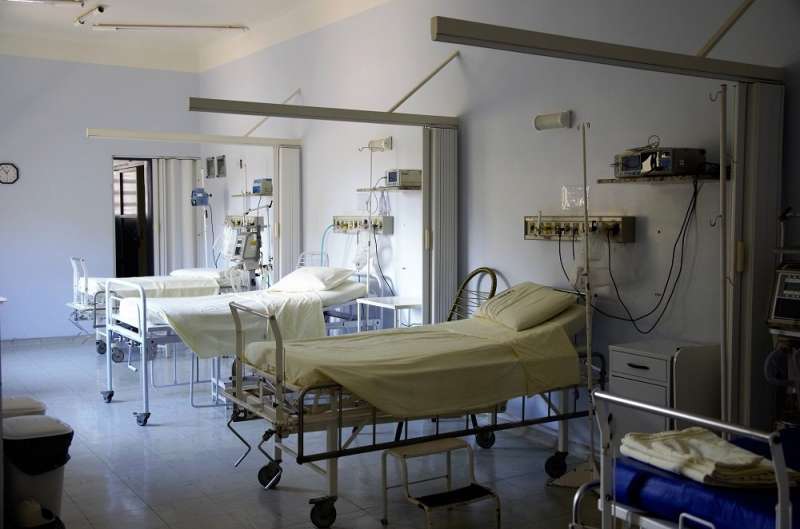New efforts to reduce lethal superbugs in hospitals show promise

If you visit a doctor's surgery or hospital you may be asked to apply a hand sanitiser upon entry. Strict hand hygiene practices have become one of the most essential activities in the battle against reducing multi-drug resistant infections in hospitals, nursing homes and other healthcare settings. But it's not enough – only 20-30% of healthcare associated infections (HCAIs) are preventable by intensive hygiene and control programmes.
Infections acquired because of healthcare interventions have become a critical public health threat: the European Centre for Disease Prevention and Control estimate around 37,000 people in the EU die each year as a direct result of HCAIs.
New approaches to minimise HCAIs are sorely needed. Encouragingly, there is a real possibility that AntiMicrobial (nano)-Coatings (AMCs) are the answer. In 2014 researchers at Zuyd University of Applied Sciences, Netherlands published on the efficacy of more than 20 commercially available AMCs, documenting that they can reduce bacterial loads on surfaces by up to 100 per cent. These positive outcomes led to the COST Action 'Anti-MIcrobial Coating Innovations to prevent infectious diseases' (AMICI), bringing together over 60 research institutes and companies from 30 different European countries.
The consortium's central aim is to investigate the potential of using AMCs in the fight against microbial activity and to produce a risk-benefit analysis of its widespread application, particularly in healthcare.
Despite the potential benefits of AMCs, there are still barriers to their introduction into healthcare facilities. In the past year, the consortium has documented these issues in three publications and an opinion paper on the risk-benefits of AMCs.
"One of the main problems for industries, those that are developing and bringing coatings to the market, is the regulatory affairs," explains AMICI Chair Dr Francy Crijns, who is also a researcher-lecturer at Zuyd University of Applied Sciences.
"It's very hard, because of all the regulations, it takes a long period and it costs a lot of money. Furthermore, proof that these coatings are effective in healthcare facilities is lacking. There has to be a kind of standardised method to test the effectiveness of the coatings. That's what we are trying to do now, introduce standardised methods for field testing."
In the future, the COST consortium hopes to use standardised methods to evaluate coatings in living labs. For the moment, the group aims to gather existing data on living lab studies and compare the results. Dr Crijns is confident that this large network of experts will help drive forward the delivery of innovative solutions to HCAIs.















